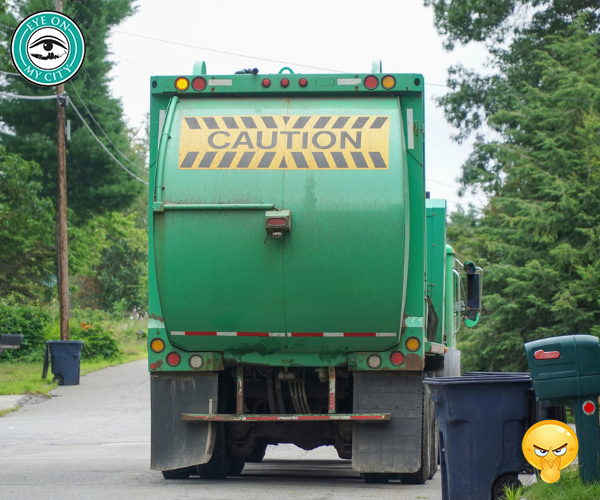
Questions raised by Eye on Jacksonville concerning the proposed tax for new school buildings got a response from school officials.
The school district says on its Web site that the district has been affected by state funding cuts and it acknowledged that Eye was correct in pointing out all districts in Florida were affected the same way.
However, school officials said other districts have compensated by using higher taxes or impact fees.
Before the 2009 recession, the state allowed 2 mills of property taxes to be levied for school building and maintenance. It was cut to 1.5 mills and never has been restored. That caused the local district to defer about $243 million maintenance, according to Tracy Pierce, chief of public relations.
“Since the recession era millage cuts, the state also eliminated public education capital outlay (PECO) as a funding source for traditional public schools. Today, the Florida Legislature has designated almost all PECO funds for charter schools,” he said
The district has prepared a spreadsheet showing how the various school districts raise revenue, and it shows 28 have impact fees.
Hillsborough has impact fees, a half-penny voluntary surtax, and a share in another county tax.
Orange County has a one mill surtax for operating expenses, a half-penny surtax for capital outlay, and impact fees.
St. Johns County has the half-penny surtax for capital outlay and also impact fees.
Pierce also explained the way the district calculates the age of buildings.
Lee High School, for example, is 94 years old but is only rated at 52 years because the average age of schools are weighted by age of square footage, which takes all major renovations into consideration.
Pierce also contends that the state Lottery money is restricted and cannot be used for building expenses and that “it does not supplant any significant operational expense.”
Pierce also said that charter schools get benefits other government schools do not. He said the district is a “full choice” district and it is not being adversarial to other types of schools, but:
- Charter school per student state funding is the same as traditional public school per student-funding.
- Charter schools can receive special, additional state tax dollar appropriations that are not available to traditional public schools.
- Charter schools can receive city of Jacksonville taxpayer funding.
- Charter schools receive significant federal tax dollars not available to traditional public schools.
- Charter schools receive state dollars for facilities (PECO), even though most charters are on private property.
- Charter school advocates aggressively sought a “disproportional” share of the proposed half-cent sales tax.
- A taxpayer funded charter school can open in a neighborhood without regard for capacity needs or educational need.
- State tuition vouchers provide per student funding to private schools. However, there is no student achievement accountability (i.e.: annual state testing and school grades) for state funded private school students to determine if these public investments are worthwhile, and there is little public accountability on how these funds are managed.
Pierce has some valid points regarding charter schools, but concerning vouchers he overlooks some salient facts:
By law, the Florida Tax Credit Scholarship students are required to take a state-approved standardized test.
Also by law, the results must be analyzed every year by a state-hired researcher. For a decade now, the results have been remarkably consistent. The students, once on scholarship, are now making on average the same annual learning gains as students of all income levels nationally. In public schools, they were for the most part the lowest-performing students (as shown by the test results) and therefore they are better off than they were.
Findings by the Urban Institute last year showed that voucher students were going to four-year colleges, and earning four-year degrees, at much higher rates than like students in public schools.
In addition, these better results are coming at a lower cost to taxpayers.
Finally, private schools have the ultimate accountability: They are chosen by the parents.
Choice aside, the school tax issue that may be on the ballot this year is ripe for debate and discussion. Who or what is to blame for the condition of local school buildings is of interest, but the primary question is what to do about it and how.
There is a good case to be made that new schools are needed, which will eliminate many portable buildings. A temporary school tax would be better than impact fees if those are the two choices available. Ultimately, the taxpayers will decide and the more accurate information they have, the easier it will be to make the decision.






